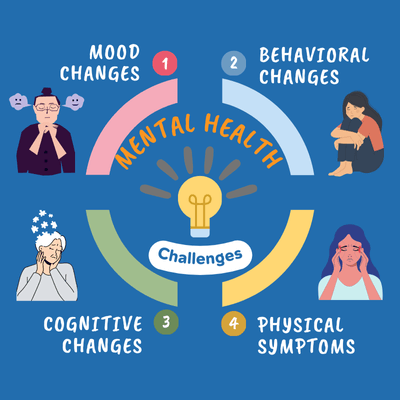Share This Article
Veterans, particularly those who have served in high-stress combat roles, face an increased risk of PTSD, traumatic brain injuries (TBI), depression, and substance abuse. These conditions can contribute to behaviors that lead to incarceration. Research indicates that veterans are more likely to be incarcerated for violent offenses and often receive harsher sentences than civilians. Programs like Veterans Treatment Courts offer rehabilitative alternatives to traditional sentencing, focusing on addressing the root causes of these challenges.
Challenges in Transitioning to Civilian Life: Veterans who were trained for wartime often struggle with reintegrating into civilian life, which can lead to psychological trauma. Without adequate transition support, these difficulties can lead to incarceration. It was found that 1 in 3 of the nation’s 19 million veterans have been arrested. The federal government must prioritize resources to ease this transition.
Underfunded Transition Programs: There is a significant lack of investment in programs that support veterans’ transitions from military to civilian life. While the government funds training for recruits, resources for exiting service members, such as mental health treatment, job placement, and housing support, are underfunded, contributing to unemployment, homelessness, and criminal activity among veterans.
Fear & Stigma Preventing Identification: Many incarcerated veterans avoid disclosing their military status due to fears of losing Veteran Affairs benefits or facing stigma. Inconsistent definitions of “veteran” across agencies also create barriers to identification. Expanding outreach efforts and ensuring incarcerated veterans receive their earned benefits would help address these challenges.



